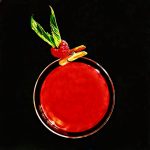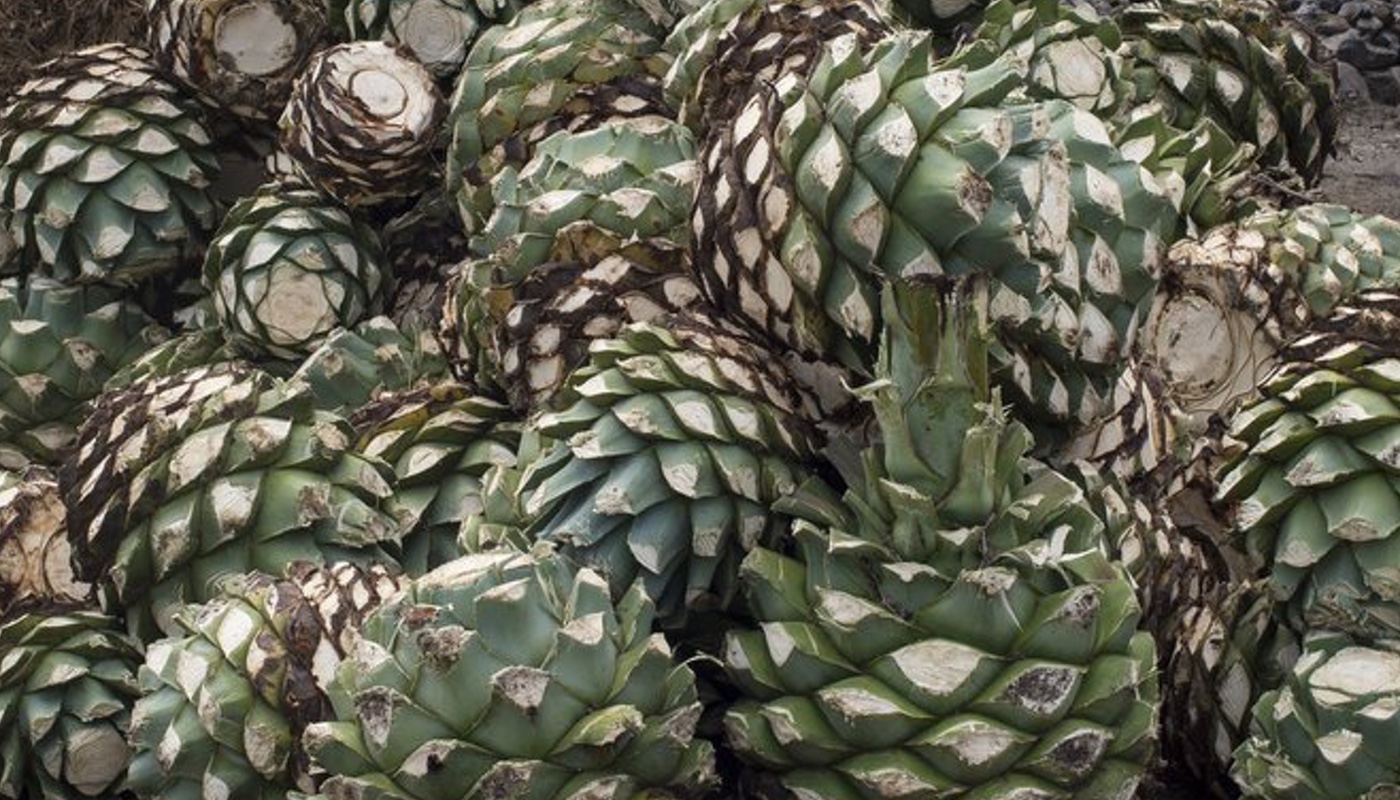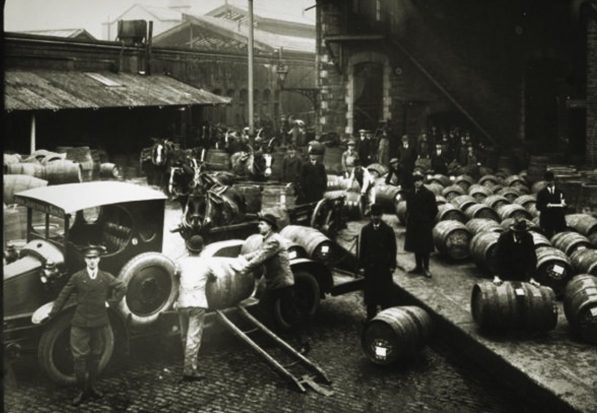With the amount that has recently been written about Mezcal, you’d be forgiven for assuming that it was taking over the world, and in some cocktail bars it is, but still in the real world it can be a little difficult to find.
The hunt though is worth it, as the smoky flavour of this agave spirit conveys a whole new complexity to cocktails. But if you’re thinking that Mezcal is just another term for Tequila, then we have a bit to talk about.
All Tequilas are Mezcals, but not all Mezcals are Tequila.
In the same way that Scotch and Bourbon are types of Whiskey, Tequila is a type of Mezcal. Basically, Mezcal is defined as any Agave-base spirit, of which Tequila is one variation.
What is it made from?
Mezcal can be made from any of the many types of Agave plants. It is believed that there are as many as 30 variations but there are 5 that are most commonly used. Espadín is the most common agave used, accounting for roughly 90% of mezcal produced.
Agave, contrary to popular belief, is not a cactus but is actually part of the asparagales botanical order, making it a relative of the yucca plant and Joshua tree.
Other types are Tobalá, which is commonly called the “king of mezcals,” due to its rarity; Tobaziche, which can vary in taste depending on where it is grown: Tepeztate which is harvested wild but can take up to 30 years to mature, and finally, Arroqueño or agave Americana, which has spicy, bitter chocolate notes.
Tequila, on the other hand, has to be made from the Blue Agave only and is limited to being produced in specific regions of Mexico.
Where is it made?
Although mainly made in Oaxaca, Mezcal can be produced in nine different areas of Mexico. The include include Durango, Guanajuato, Guerrero, San Luis Potosi, Tamaulipas, Zacatecas, Michoacán and Puebla.
Alternatively, Tequila restricted to 5 areas of Mexico. Jalisco, is the most famous, as this is where the actual town of Tequila is located. The other areas include Michoacán, Guanajuato, Nayarit and Tamaulipas.
How is it made?
The agave plant is usually harvested after about eight years. The outer leaves are removed, leaving only the piña, or heart. The piña is cooked in conical pits dug into the ground. The pits, known as palenques or hornos, can reach 15 feet across and 8 feet deep. They’re lined with stones or bricks.
The piñas are cooked over a wood fire (oak is common, although some producers use mesquite) and covered in layers of agave leaves and earth. The piñas cook for two to three days. This process caramelizes the sugars in the agave, and imbues a smoky aroma and flavor to the agave, which carries over to the mezcal, giving it a smoky quality that reminds some of peated single-malt Scotch.
After the roasted piñas are removed from the pit, they’re crushed using a stone grinding wheel. The pulp is mixed with water. Traditional producers use existing yeasts in the air and on the agave to start the fermentation process. Industrial producers tend to use commercial yeasts. The traditional method takes longer because it requires time for the natural yeasts to take hold.
After fermentation, the wash is then distilled in copper alembic stills. Most mezcal is distilled twice, sometimes for as long as 24 hours per distillation, but some brands are triple-distilled.
What are the different catagories?
Mezcal can be aged for different amounts of time, and its category reflects how old it is:
- Joven is young mezcal, always either unaged or aged less than 2 months.
- Reposado means “rested,” aged in oak for 2 months to 1 year.
- Añejo means “aged,” and these are between 1 and 3 years old.
- Extra añejo is extra aged. In tequila, extra añejo is a formal legal category of spirit. In mezcal, this category has yet to be formalized, but you may still see mezcals marketed this way. It simply refers to a brand that’s more than 3 years old.
What does it taste like?
Everyone describes Mezcal as smoky but relying on that explanation alone can be a little misleading and generally overused. You’re not going to find flavors of wood burning or cigarette smoke in mezcal. It’s more about flavors like dry chiles, chipotle, some roasted bell pepper, leather, roasted coffee beans.
Mezcal can range from 38 to 55 proof, according to regulation. If you’re new to drinking it, choose one at 45 proof or less: These are smoother and have less burn, so they’ll help you get used to the flavors and aromas.
















